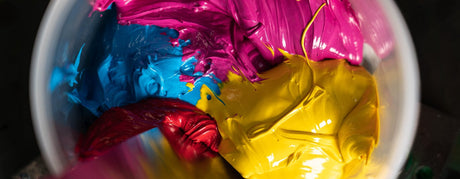
Unlock Any Color with the FN-INK™ Plastisol Ink Mixing System
Do you have FN-INK™ on your shelves? If you do, you’re looking at an ink mixing system. That’s right. The classic line of FN-INK™ now doubles as a mixing system.
Free Shipping in the Con. US Learn More

Do you have FN-INK™ on your shelves? If you do, you’re looking at an ink mixing system. That’s right. The classic line of FN-INK™ now doubles as a mixing system.

If you’re just starting out screen printing, learning the ins and outs of the industry can be overwhelming. Sometimes it’s good to take a step back and cover the fundamentals....
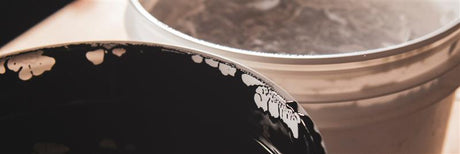
Screen printers debate which is better: plastisol or water-based ink. Some printers start out with plastisol ink, while others opt to jump right into water-based printing. But how are they...
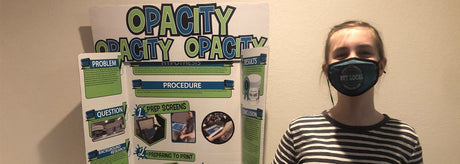
When 12-year-old Lucy Wisnasky was assigned to do a science project, she knew she wanted to do an experiment related to screen printing. Her parents own Shirts Galore & More, a print...

Golden Press Studio turns up the heat with a multicolor, Miami Vice-themed print for a tattoo shop. Needing to print a two-color pocket, four-color back, and one-color sleeve, the shop...
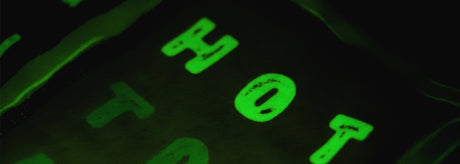
Did you know that the intensity of the glow is tied to the brightness of the color behind it? Screen printing aficionado Ronald Peters demonstrates how the ink color will...
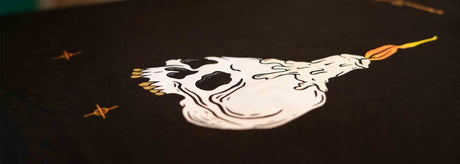
There may be a time when a customer requests a multicolor print that requires more colors than your press can handle. Luckily, you have a few tricks you can do...
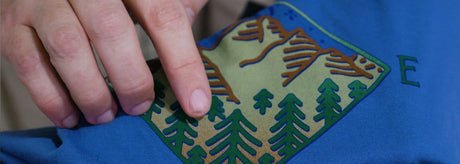
Remember when expert Colin Huggins showed how to create halftones and blends in Adobe Illustrator? Now he's printing that design. Watch to learn how to print wet-on-wet halftones and blends, tips to...
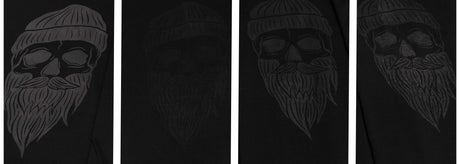
Printing black plastisol ink on a black shirt — trendy, right? As with everything in screen printing, there are multiple ways to achieve this goal. From using a puff base...
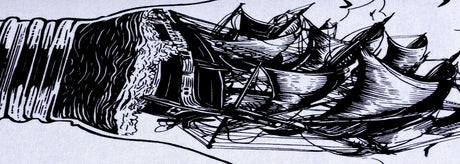
We learned about printing white plastisol ink on a black shirt, but what about black plastisol ink on a white shirt? In our latest video, expert Colin Huggins explores the nuances...
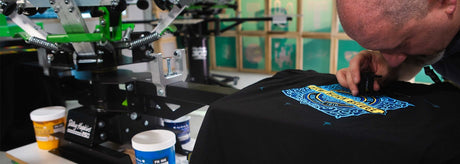
Got your brand new Riley Hopkins 250 Press, but not quite sure how to register it? In our latest video, expert Colin Huggins goes through each step of the registration process...
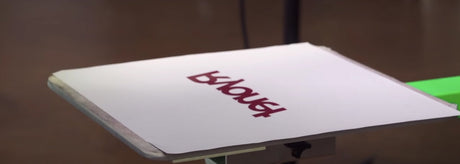
Screen printing heat transfers can seem daunting but in reality, it’s actually fairly simple. If made properly, plastisol heat transfers can last almost as long as a screen prints and can...
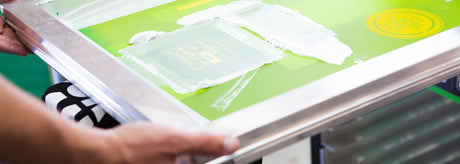
Different mesh counts are used for different applications in the screen printing process. What is mesh count? Well, mesh count is a measure of how many threads of polyester (used to be silk, centuries ago, hence...